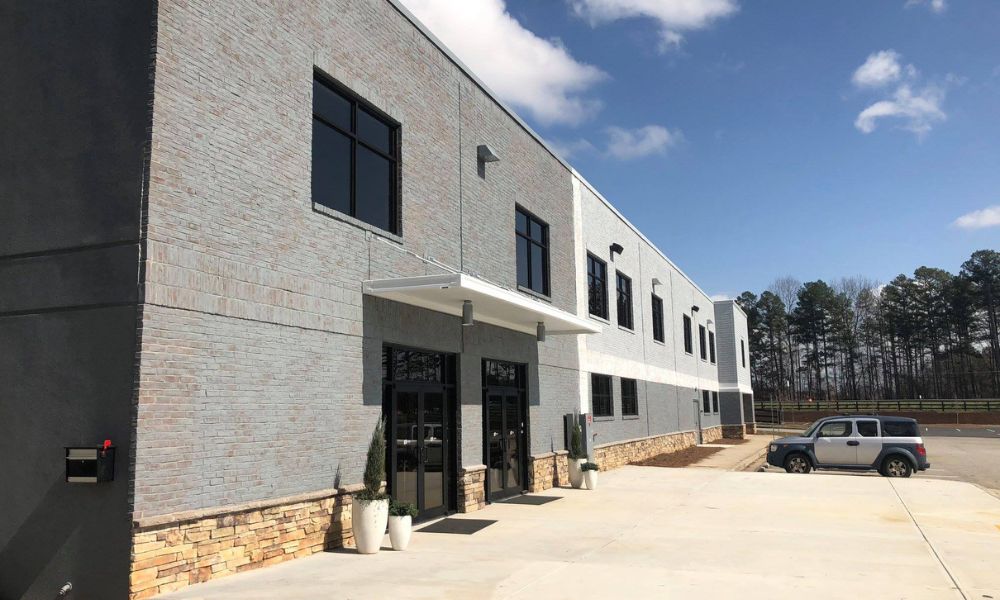Most people have a simplified take on a painter’s job and responsibilities. They think that commercial and residential painters do similar work. They simply pick up a paintbrush and start working. The truth is something more complex. Both types of painters cater to different needs, use different materials and techniques, and operate on different scales. Keep reading to learn about the five major differences between commercial and residential painting.
Project Size
Commercial painting projects typically cover a much larger scale than residential ones. Commercial buildings, such as offices, retail stores, and industrial facilities, have extensive square footage and often require painting vast exterior and interior spaces.
These requirements contrast with residential painting, which usually involves working within the confines of homes, focusing on living rooms, bedrooms, and kitchens. The scale of commercial projects demands a larger workforce and more planning to complete the job efficiently.
Services Provided
The services offered by painting contractors vary significantly between commercial and residential sectors. Commercial painting involves comprehensive services that go beyond applying paint. Services can include specialized coatings for durability, safety markings, and custom finishes tailored to a business’s needs.
Residential painting often focuses on aesthetic and protective finishes for home interiors and exteriors, with an emphasis on color selection and finish types that suit personal preferences.
Project Scheduling
Scheduling plays a critical role in differentiating commercial and residential painting projects. Commercial painting requires flexibility to accommodate a business’s operational hours, often leading to work during nights, weekends, or scheduled downtimes to minimize disruption.
Residential painting projects typically occur during regular business hours, as they less frequently impact the daily activities of homeowners. This difference underscores the need for commercial painters to adapt to more complex scheduling requirements.
Materials and Equipment Used
The materials and equipment used in commercial painting projects differ substantially from those in residential ones. Commercial projects often require industrial-grade paints, primers, and coatings that can withstand heavy wear and tear, along with large-scale equipment like scaffolding, lifts, and sprayers to cover extensive areas.
Residential painting uses materials and tools suited for finer detail work and living spaces, focusing on quality and finish over industrial durability.
Project Management
Effective project management is essential for both commercial and residential painting, but the complexity and scale of commercial projects demand a higher level of coordination. Commercial painting project managers must oversee larger teams, coordinate with other contractors, and comply with stricter regulations and safety standards. Residential project management, while still requiring organization and quality control, typically involves direct communication with homeowners and fewer logistical challenges.
The differences between commercial and residential painting span many areas, from the size and scope of projects to the specialized services provided. Understanding these distinctions will help you choose the right professionals for your needs. Look no further than Ashford Painting if you need Atlanta, GA commercial painting contractors to offer you their expertise and resources. We can tackle projects of any scale with precision and efficiency.

